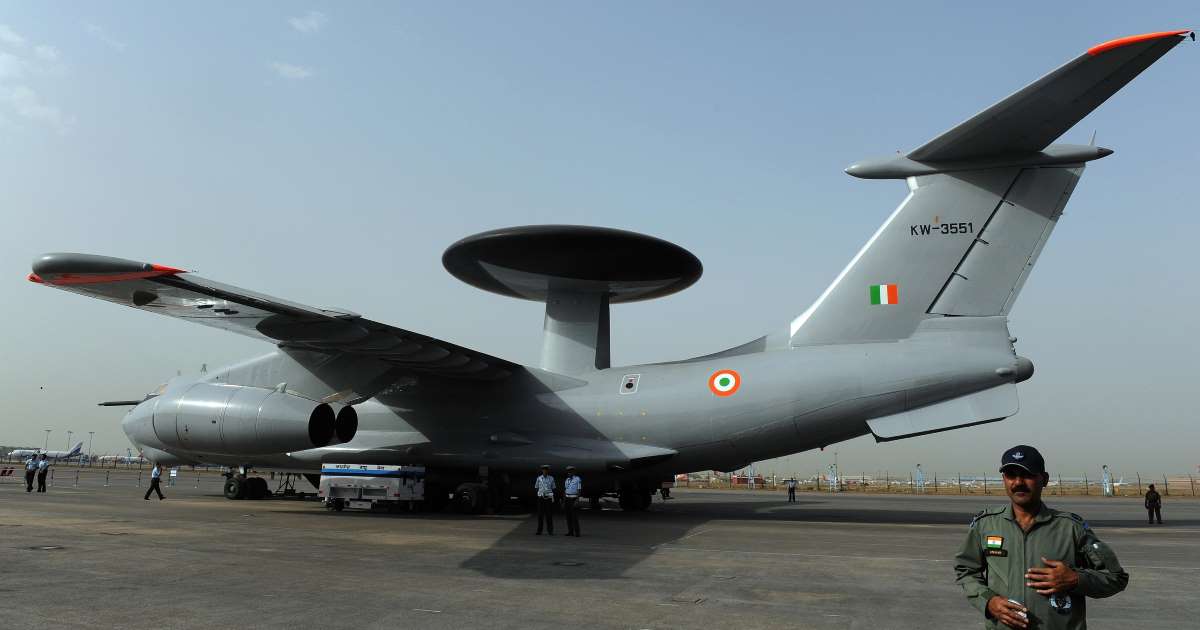
SOURCE: TNN
India is now finally going to seal the long-pending around $1 billion deal to acquire two more “Phalcon” airborne warning and control system (AWACS) aircraft from Israel, which has been derailed at least a couple of times in the past due to the high costs involved.
Sources on Wednesday said the acquisition of the two AWACS, with the Israeli Phalcon early-warning radar system mounted on Russian Ilyushin-76 heavy-lift aircraft, is all set to get the final nod from the Cabinet Committee on Security (CCS) after extensive inter-ministerial consultations.
The two new Phalcon AWACS, which will add to the three such aircraft inducted by the IAF in 2009-2011 under a $1.1 billion contract, will be delivered in three to four years. “They will be more advanced than the first three Phalcon AWACS with the latest upgrades,” said a source.
The need for additional AWACS, which are powerful “eyes in the sky”, was acutely felt during the pre-dawn strikes at Balakot and the subsequent aerial skirmish with Pakistani fighters in February last year. The ongoing military confrontation with China in eastern Ladakh has further reinforced the operational requirement.
AWACS or AEW&C (airborne early-warning and control) aircraft are critical in modern warfare because they can detect and track incoming fighters, cruise missiles and drones much before ground-based radars, direct friendly fighters during air combat with enemy jets, and keep tabs on enemy troop build-ups and movement of warships.
But Pakistan is ahead of India in this crucial arena, which struck home much to IAF’s disquiet during the aerial skirmish last year. Pakistan has 8-10 Chinese Karakoram Eagle ZDK-03 AWACS and Swedish Saab-2000 AEW&C. China, in turn, has well over 30, including Kong Jing-2000 “Mainring”, KJ-200 “Moth” and KJ-500 aircraft.
India currently has just three Phalcon AWACS, with a 400-km range and 360-degree coverage,and two indigenous “Netra” AEW&C aircraft, with indigenous 240-degree coverage radars with a 250-km range fitted on smaller Brazilian Embraer-145 jets.






